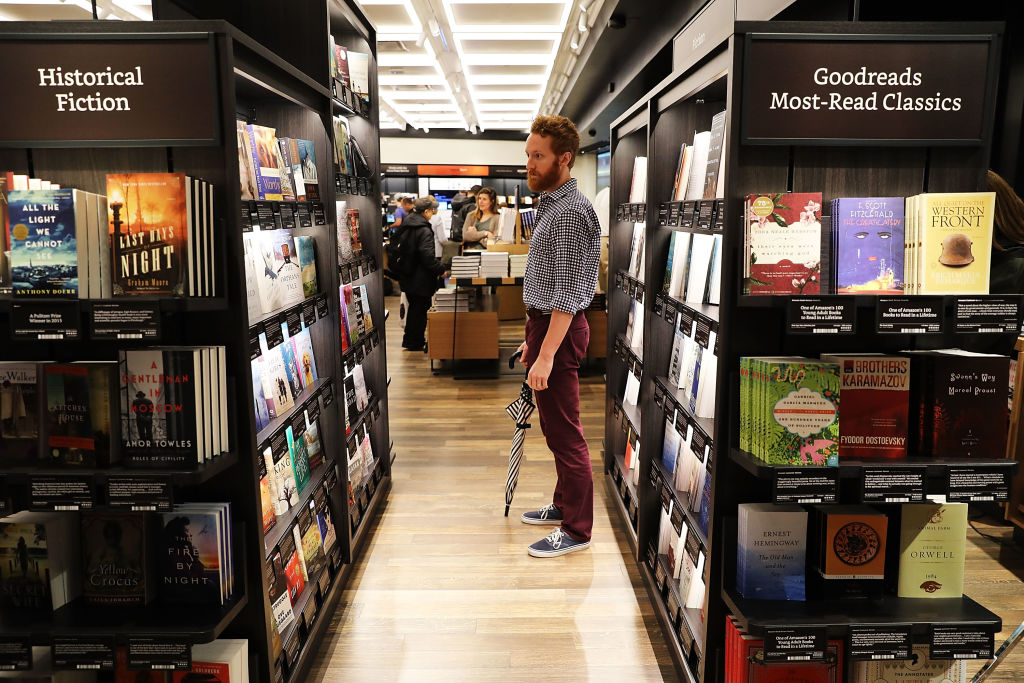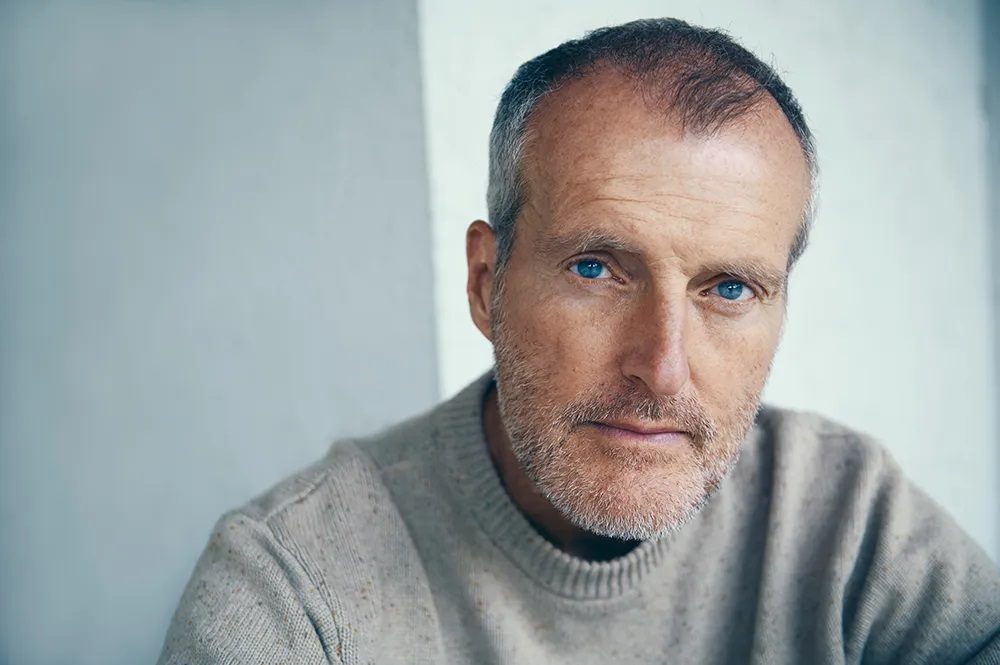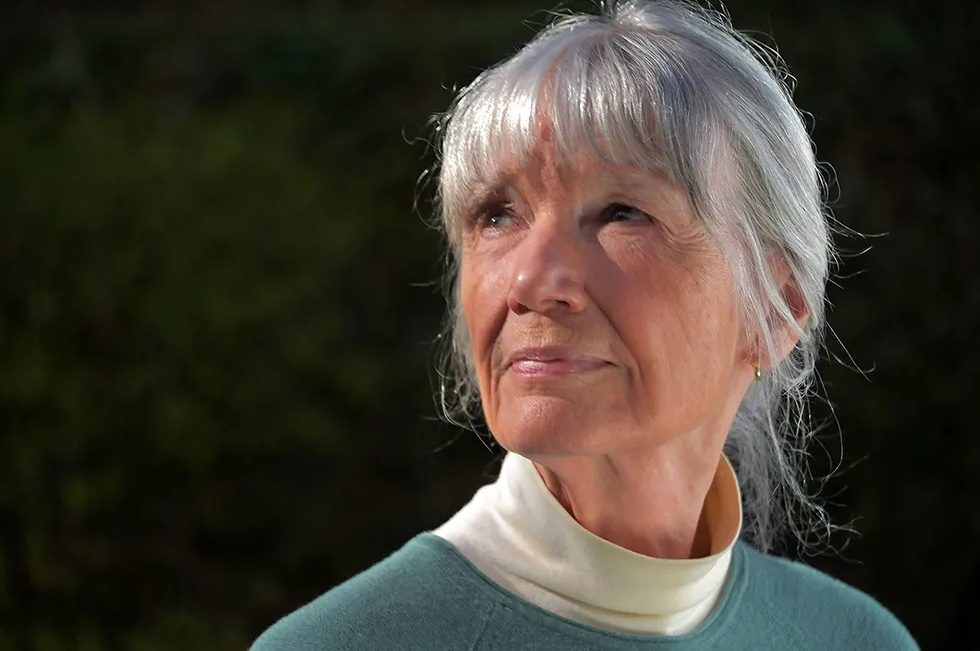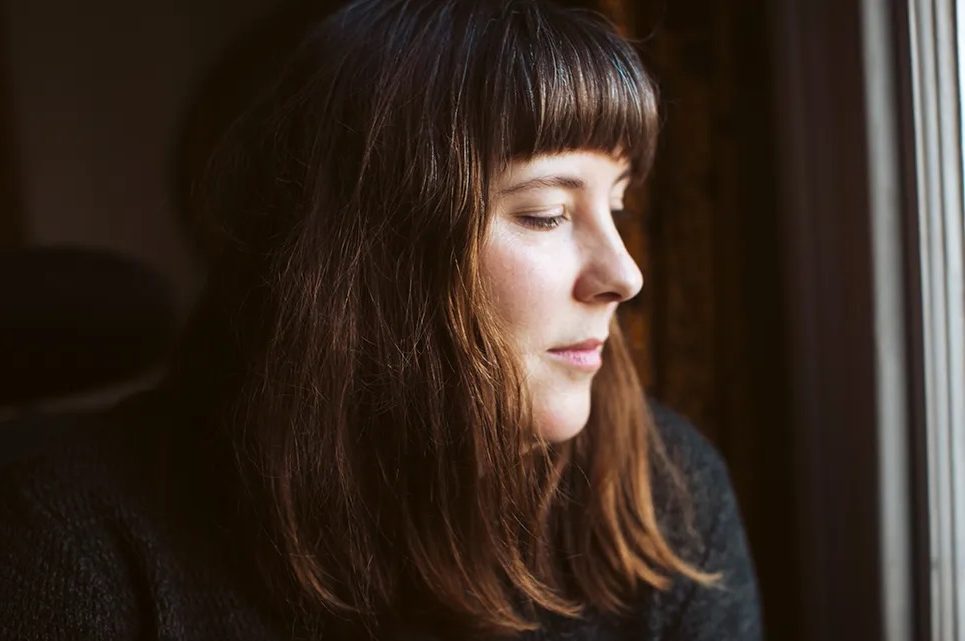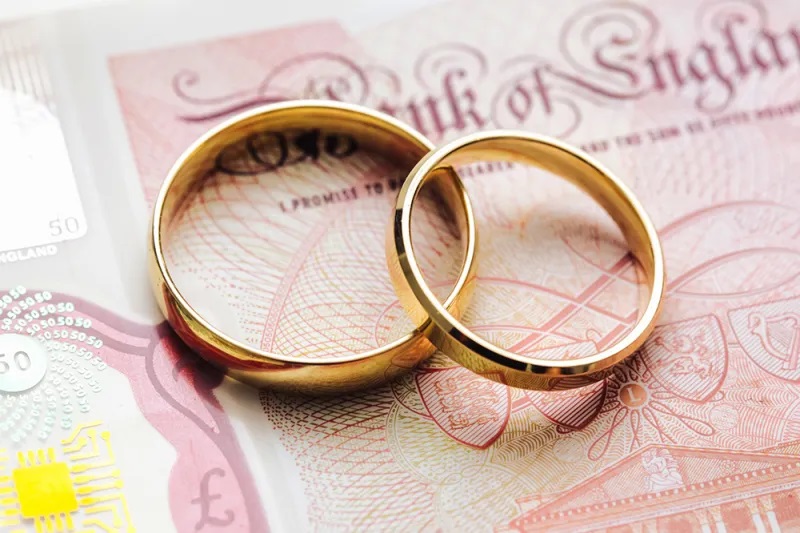It’s hard to move on the literary internet — or that nest of inky vipers, literary Twitter — without coming across a piece that expresses one of two opinions: the first, that men don’t read literary fiction and that this limits their understanding and experience of the world; and the second, that the figure of the heterosexual white man has been crudely and cruelly excluded from the literary debate. “Bring back our Roth, our Amis, our Updike,” these commentators cry, as if they hadn’t received enough acclaim and attention in the past few decades, and if reading them had become illegal rather than just moderately unfashionable.
This question of a modern “gender fiction gap” — a glass ceiling for male novelists, and the corresponding disinterest of male readers — is backed up by statistics. In 1980, the New York Times bestseller list recorded a turnout for the lads: out of the eight named authors who topped the list that year, only one was a woman. Things were looking all but equal in 2000, when male authors had only a very slight edge with 53 percent of chart-topping tomes. By last year, the scales had tipped in the other direction: out of the 37 books which made it to the top of the list, only 18 were written by men.
This is not a particularly stark statistical reversal — well within the margin of error, or acceptability (even when one realizes that some of those 18 books were written by the same men). But it does seem that, from Sally Rooney to Ottessa Moshfegh, women rather than men have been at the forefront of the literary zeitgeist in recent years. And away from the star-spangled heights of bestsellers, the statistics for male writers — and male readers — are even more depressing.
The data firm Nielsen has established that, as discussed in this article in GQ, men only make up 20 percent of the market for literary fiction. Chief judge of the Women’s Prize for Fiction, Mary Ann Sieghar, unearthed even more disconcerting inequities in 2019 when researching for her book, The Authority Gap. Her research found that “for the top 10 bestselling female authors … only 19% of their readers are men and 81%, women.” If not many men are reading literary fiction, even fewer are reading fiction with a woman’s name on the cover. This is in contrast to the reading habits of women to whom, both anecdotally and statistically, the gender of the author does not seem to have such a great effect.
Why does it matter if men don’t want to read? Or if they, either subconsciously or consciously, choose not to read women? Sieghar does not blink with the sincerity of her argument: “if men don’t read books by and about women, they will fail to understand our psyches and our lived experience,” she writes. Just last month, she repeated this plea for “men to read fiction by women” when unveiling the shortlist for the Women’s Prize.
This argument is in part naturally appealing: few can deny that reading fiction exposes you to a world, and people, beyond your imagination. But does reading books by women teach men about only women’s “psyches,” or do the pages reveal something more? A man might read Middlemarch for an understanding of a mid-19th century woman’s life — and he would learn a lot — but to reduce Eliot’s masterpiece to a teaching resource for the female “lived experience” is more than a bit dispiriting.
Contained within this desire to “educate” men through fiction is a rather puritan, didactic view of the purpose of the book: it is to be learned from more than it is to be enjoyed.
This is not to say I am content with men not reading fiction, or discarding works by women off-hand. Books should not be pigeonholed or only enjoyed by half the population, any more than the phrase “chick-lit” should still be in use.
But to argue that men not reading fiction is a new failure of contemporary society feels disingenuous. It is here that we return to the Amis, Updike, and Roth lovers.
For a good few centuries, literary fiction was the domain of a certain type of male author who was drunk by lunchtime and in the bed of his mistress by mid-afternoon. His books were read and adored by men who wished they could live that life but had to content themselves with laughing at passages of “comic” misogyny while keeping down an office job. Yet rather than being the historical norm, these mid-century years were themselves an aberration.
When you think of the titans of Victorian literature, who do you picture? George Eliot, the Brontës, Henry James, Dickens, and Trollope? Fin de Siècle: Oscar Wilde, Edith Wharton, Kate Chopin. Modernism? James Joyce and Virginia Woolf. And ask most of the reading public to name a Regency-era novelist and I would be shocked if they were able to name anyone other than Jane Austen.
Women writers and readers — and fiction about women — have always been at the forefront of our literary scene, even if many female writers did choose male names to publish under. Even in the earliest years of the novel, women were at the vanguard. Either as writers (Eliza Heywood and Charlotte Lennox wrote novels throughout the eighteenth century) or as subjects: Samuel Richardson’s Pamela is hardly all about a man.
While readers of all genders might well have enjoyed the big Victorian novels, the century before had a gender issue not unlike our own. Novels, particularly romances, were belittled and dismissed as “filthy trash” read by only by women.
We have come a long way since the novel could be brushed off simply for having a female readership, but it is clear that this “gender fiction gap” which has garnered so much attention is not a recent one — even if the arguments might have been altered, and the books discussed are themselves radically different.
Two new blockbuster literary novels by women are appearing later this year: Lapvona, by Ottessa Moshfegh, and A.M. Homes’s The Unfolding. One is a history of a blind midwife in a medieval village, and the other is a state of the nation novel set around 2008. They couldn’t be more different — and I eagerly await them both — but one is more likely to be read by men than the other. Not just for the subject matter, but because of the names on the spine: A.M. Homes has used the trick as old as time in reverting to the gender-ambiguous initials.
Was this gender divide a problem in the eighteenth and nineteenth centuries? Is it a problem now? From a sales perspective, yes: nobody wants to lose half their market before a bookshop is even open. And from the didactic view of those like Mary Ann Sieghar, it is a shame that men are not reading many books simply because they are put off by a woman’s name on the cover.
But, and call me a misandrist if you must, I can’t help but be slightly more cynical: you can lead a man to a brilliant book, but you can’t make him read it. Stick to your authoritative studies of submarines and groundbreaking histories of tanks, boys. Leave the heavy brain-work to the girls.



